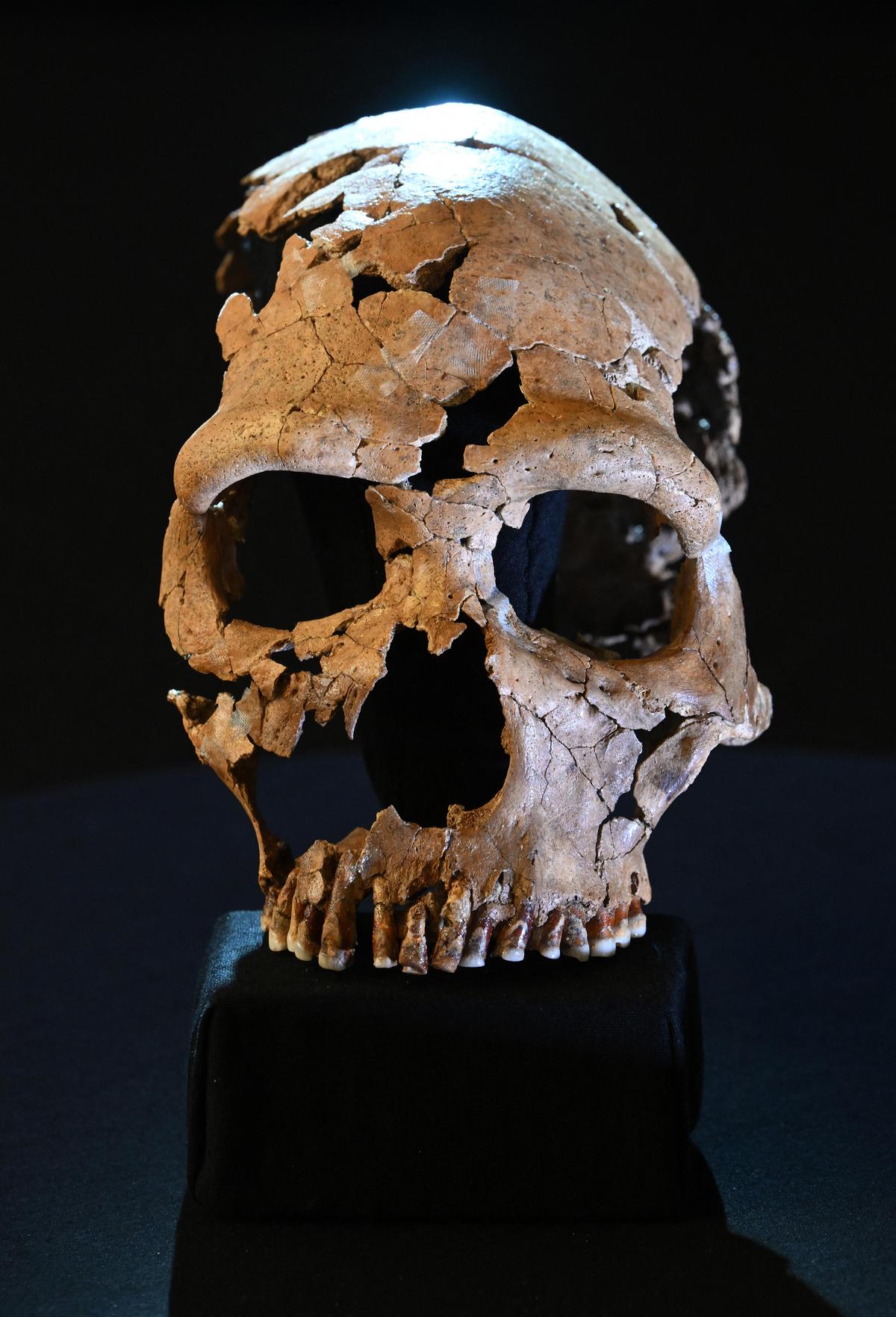Relations between human forms in Europe were longer and closer than expected. Analysis of proteins extracted from bones provides new insights.
Ten years ago Decrypt it A team led by later Nobel laureate Svante Pääbo has discovered the genome of a 45,000-year-old individual from western Siberia. Fragments of Neanderthal DNA discovered there showed that their ancestors mixed with Neanderthals living on the northern continent shortly after anatomically modern Homo sapiens spread from Africa. Since then, human history has been constantly rewritten. New biomolecular approaches make this possible.
Thousands of years side by side
The original Greek is at the forefront of their development Katerina DukaWho has been researching at the University of Vienna since 2021 after working at the Max Planck Institute for Geogeology in Jena and the University of Oxford. “Thanks to new methods, we were able to prove that different groups of people interbred with each other multiple times,” she explains. “Just two decades ago, people had a fairly simple picture of why modern humans were the only member of the Homo species to survive.”
This image has fueled theories about hunting techniques and tools and fueled the idea of superior modern humans who conquered the world victoriously. We've known that other forms of hominid existed since the discovery of the first Neanderthal skull — recognized as such — in 1856, three years before Charles Darwin's On the Origin of Species.

Neanderthals died out 40,000 years ago. Before that, they interbred with modern humans and Denisovans (Image: 75,000-year-old skull of a Neanderthal woman). Justin Tallis/AFP via Getty Images






More Stories
Exploding Fireball: Find the meteorite fragments
Neuralink's competitor lets blind people see again with an implant
A huge meteorite has hit Earth – four times the size of Mount Everest